Mall Foot Traffic: The Power of Shoppers’ Footsteps
Shopping mall foot traffic is something all retail stores in a mall setting should care about. Foot traffic is a simple concept. But foot traffic in shopping malls is at another level. Stores can use it to measure the effectiveness of their location, shop window advertisements, and even decide on locations.
Would you want to buy or rent a store in a shopping mall with barely any foot traffic? Definitely not. And would you buy or rent a store in a mall with crowds that didn’t match your target audience? Definitely not. Mall foot traffic is a tool to shape the direction of your business.
As you can see, shopping mall traffic is a valuable tool when running a retail business. It also benefits mall owners wanting to evaluate their ongoing marketing efforts. It shows just how many customers are actually choosing to visit their mall. Shoppers’ footsteps are a valuable thing.
In this guide, we’ll introduce you to all you need to know about investing in this powerful strategy. We’ll cover everything from a definition to benefits to how to increase shoppers in malls. Ready? Let’s go.
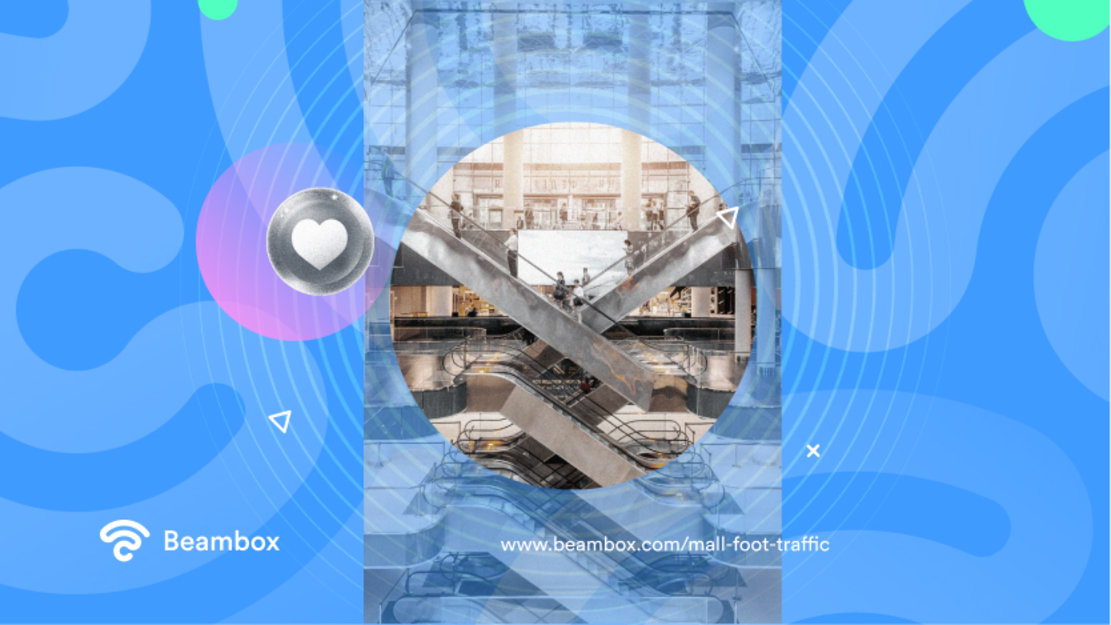
What Is Mall Foot Traffic?
Mall foot traffic is just the customer traffic in a given period inside a shopping mall. It is how many people physically cross the mall threshold in a period that the measurer chooses.
You can also measure a more advanced version of foot traffic in indoor malls. For instance, not just counting the number but collecting demographic details. Foot traffic analysis is best with an additional captive portal system. You simply set the captive portal to require demographic information for guests to access complimentary mall WiFi. Easy.
Simply put, traffic in shopping malls is the number of customers that visit in a given period. This helps predict things like peak times of day, holiday season peaks, and the mall’s success rate.
After all, a booming mall sees high numbers of shoppers who purchase lots of goods. If you want to have more detailed stats, you can then calculate the demographics of the foot traffic. This helps you understand your target audience and choose what stores best suit the mall. It also allows you to create customer loyalty programs — like hotels and restaurants.
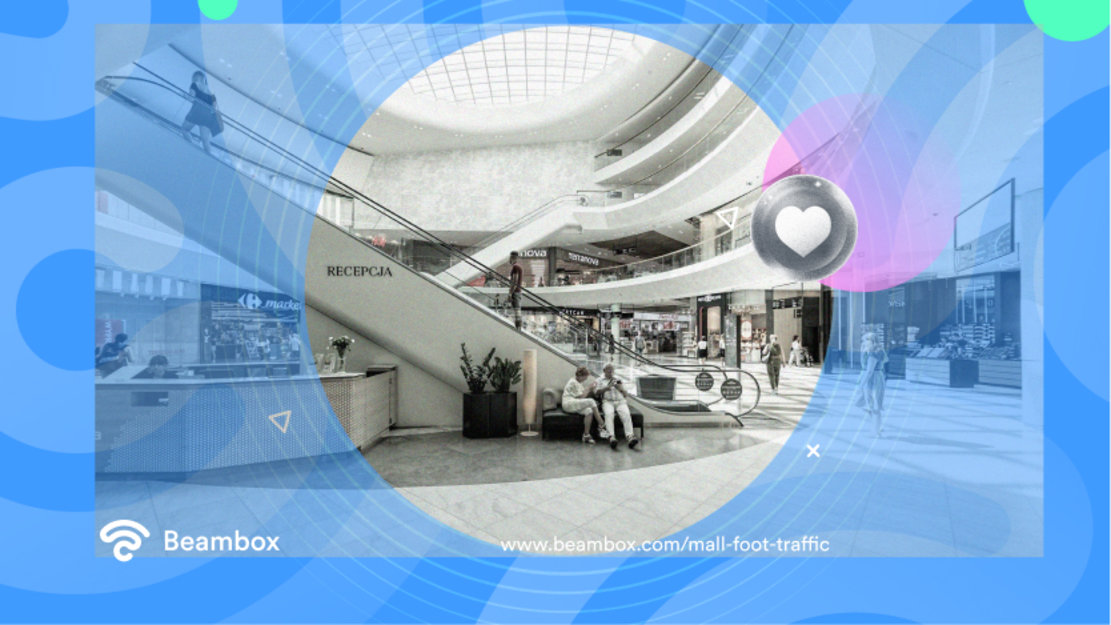
Benefits of Measuring Mall Foot Traffic Data
So, what are the benefits of measuring mall foot traffic data? Why should you even bother with this as a store or mall owner? There are tons of reasons. For one, measuring the traffic data means better understanding the number of potential customers. It also gives you the chance to manage your marketing efforts more actively.
Let’s take a look at more of the main benefits:
- Lays the grounds for effective marketing campaigns: Effective marketing comes from brilliant data. You can have one without the other, so foot traffic is a great tool to invest in marketing. You can evaluate your traffic source and understand your customers better. Then, you reinvest this knowledge into more target marketing campaigns. For instance, using WiFi marketing if people visit at a set time of day, like lunch. If people sit at a food court, they are more likely to use WiFi.
- Identifies pain points: A considerable benefit of measuring foot traffic is that it identifies pain points. These could be anything from poor staffing or a preference for online shopping. It helps you identify patterns by evaluating when and how long they visit. It is an insight into the customer experience.
- It helps your business grow and aids business decisions: Knowing your mall’s foot traffic is useful when making investment decisions, such as adding new stores. Having this data helps you make more informed decisions. It is also reassuring for consumer confidence as you centralize the consumer at the heart of decisions. This will make customers feel more understood and help you target them better to boost sales.
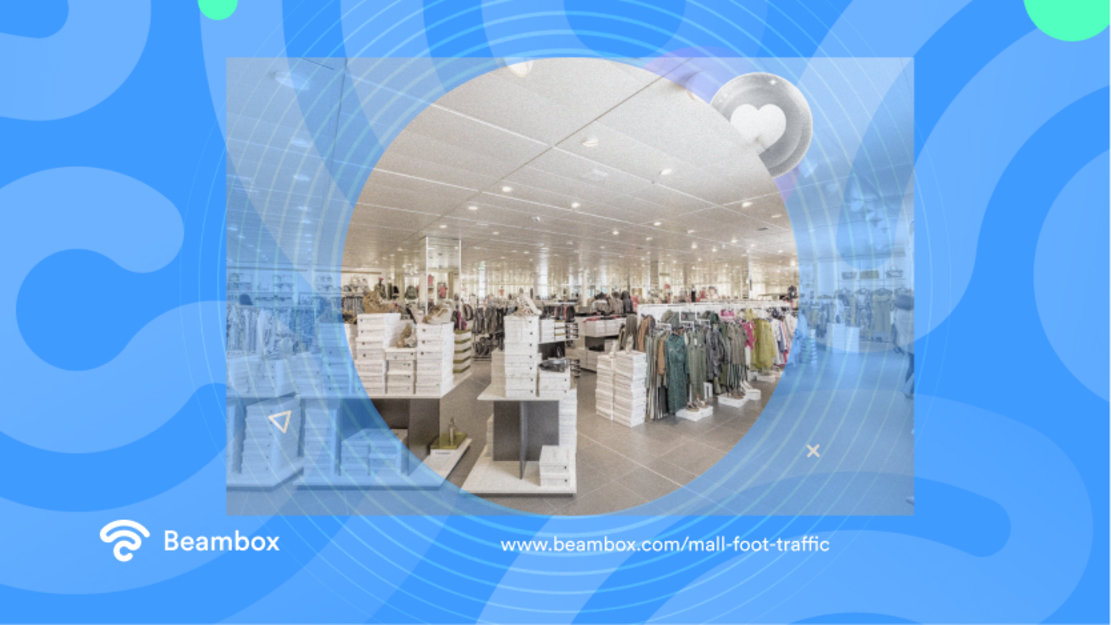
How To Measure Mall Foot Traffic Statistics
How do you actually measure mall foot traffic statistics? How do people measure foot traffic? It is actually straightforward. You just need different strategies to count customers. You can find many different strategies online. But if you are in a rush, here are four of the most effective ideas you can use.
1. A Physical Counting Device
You can get automated counting devices that use motion sensors to detect customers crossing your threshold. You could also hire someone to stand by the entrances and manually click when customers enter. Many businesses already use this to control numbers as part of venue security.
2. POS Measurement
If you are interested in the number of customers who make purchases, you can use POS counting. This just records the number of sales you process in a given period.
3. Video Analytics
This uses facial recognition, AI, and automated analysis to count the number of customers on video. You can purchase specific video software to do this for you. ### 4. Heat Sensors Finally, you can use heat sensors if you want to get fancy. This detects the body heat of people crossing your shop and counts them. At the end of your chosen period, you get a tally of people who cross your mall threshold.
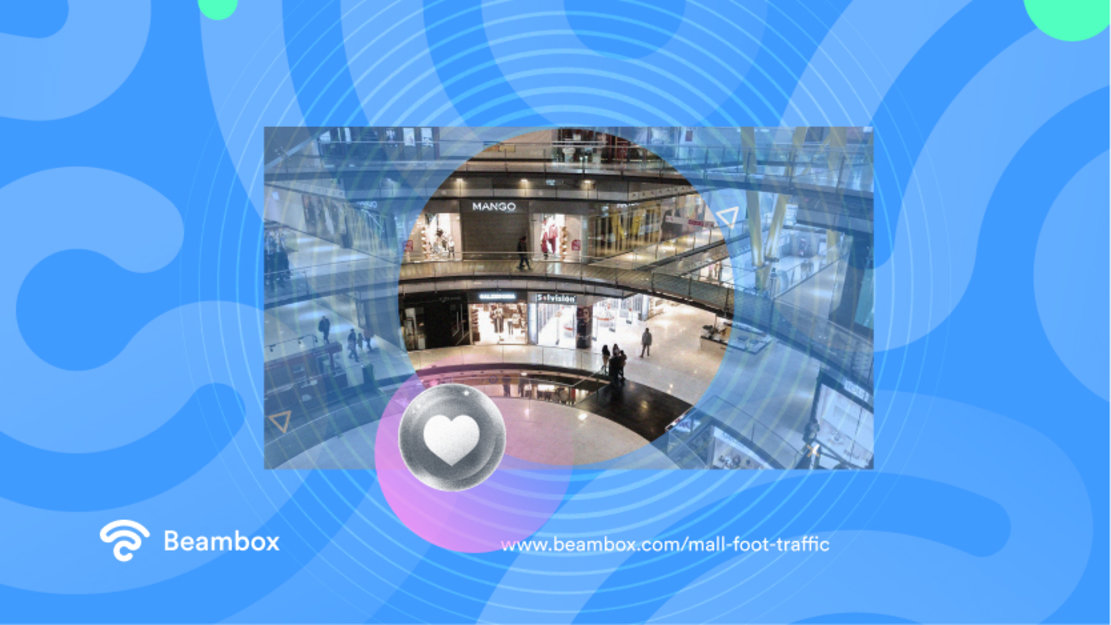
How To Increase Foot Traffic in a Mall
What about increasing foot traffic in a mall? How best to go about it? Just because you measure a set traffic figure doesn’t mean it has to stay at that. The whole point of measuring traffic is that it gives you room for improvement. In this section, we will go into three ways store and mall owners can boost mall traffic.
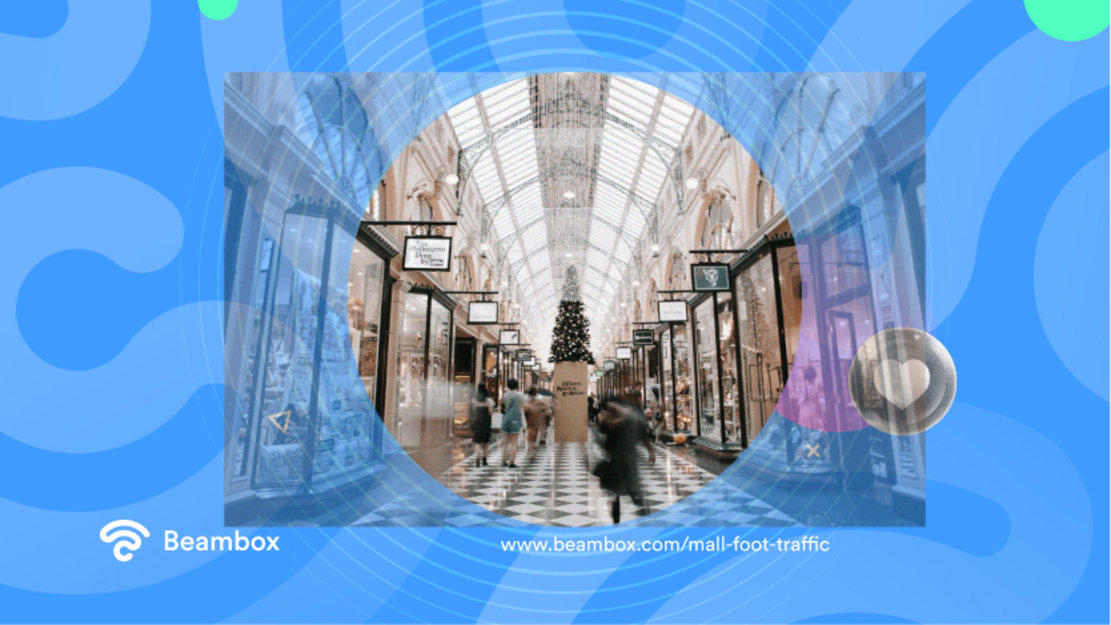
1. Social Media Marketing
Social media marketing is a fantastic way to increase shoppers in malls. A key factor of social media marketing is that it increases brand awareness. You are putting your business in front of new faces, expanding your reach and potential customers. This then converts to more mall traffic.

2. Loyalty Programs
Loyalty programs are a brilliant way to create customer loyalty and encourage existing customers to return. Everyone knows the standard shopping experiences. But you can personalize this and create more meaningful interactions. For instance, providing exclusive discounts, early access on Black Fridays, and gifts.
3. Partner With Local Businesses
Next, you can partner with local businesses. This way, you can ‘hijack’ their customer base and brand awareness, offering them a few benefits. Malls rely on location marketing, so partnerships are great. They tap into your local network.

How Effective Is Investing in Foot Traffic as a Retail Strategy?
Investing in foot traffic is a brilliant retail strategy. Traffic directly reflects the success of your store. After all, it shows how many visitors are visiting to browse and make purchases. This now demonstrates your profit, brand awareness, and more.
Therefore, investing in analyzing this data is a brilliant way to invest in your business - specifically, business improvement actively. You’ll be able to understand your target audience better. You’ll also be able to identify pain points and better staff your store.
For mall owners, traffic is vital for other reasons, too. A big part of mall strategies is attracting businesses who want to rent a store. These businesses will want to see your traffic stats to evaluate whether it is an investment for them. You’ll need this data handy. It is also helpful for analyzing growth in visitors to your mall and fuelling marketing campaigns.
So, how does this link to Beambox? Well, here at Beambox, we run an all-in-one WiFi marketing platform. Remember we mentioned that you can collect demographic details through a captive portal, not just foot traffic total? We help businesses set up a captive portal to do precisely that. With our captive portal software, you can take your traffic analysis to a whole new level.
Are you excited to harness the power of shoppers’ footsteps? Take things one step further and get demographic details by starting your Beambox free trial today. Mall foot traffic is just the beginning of your retail revolution.
Get Started With Free WiFi Marketing
Beambox helps businesses like yours grow with data capture, marketing automation and reputation management.
Sign up for 30 days free


